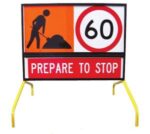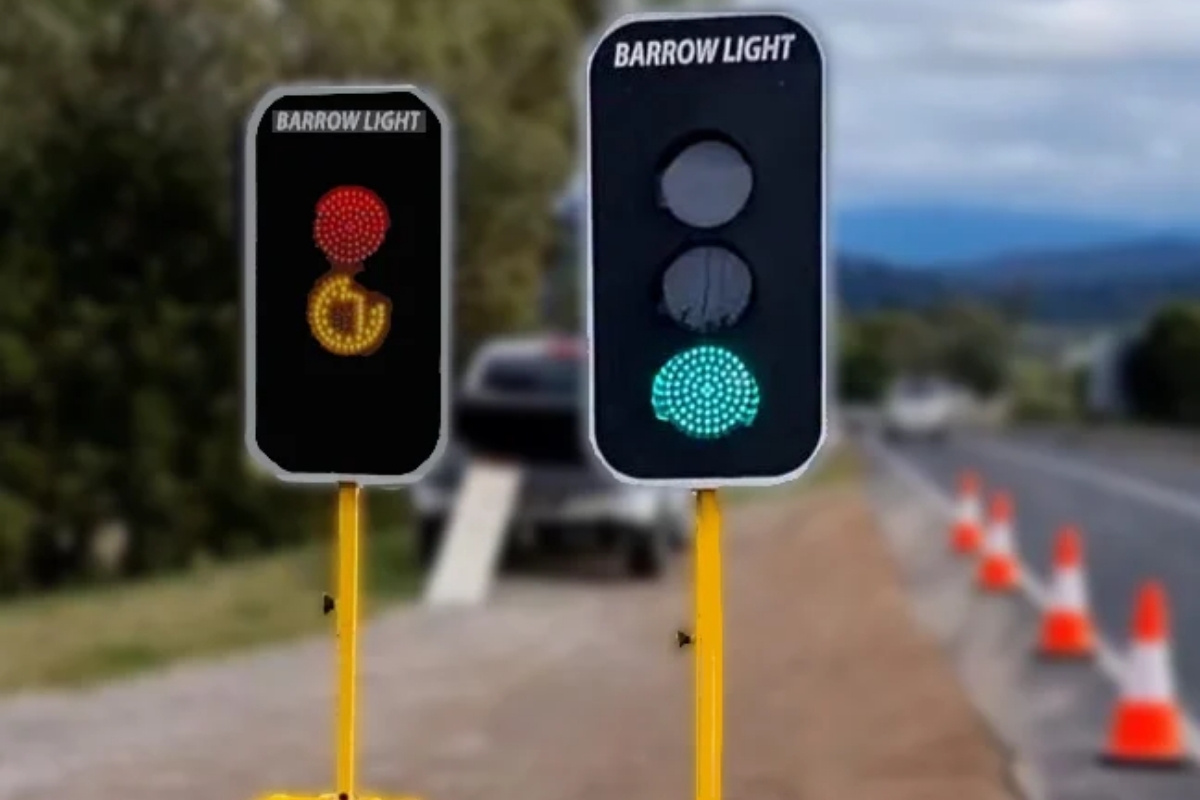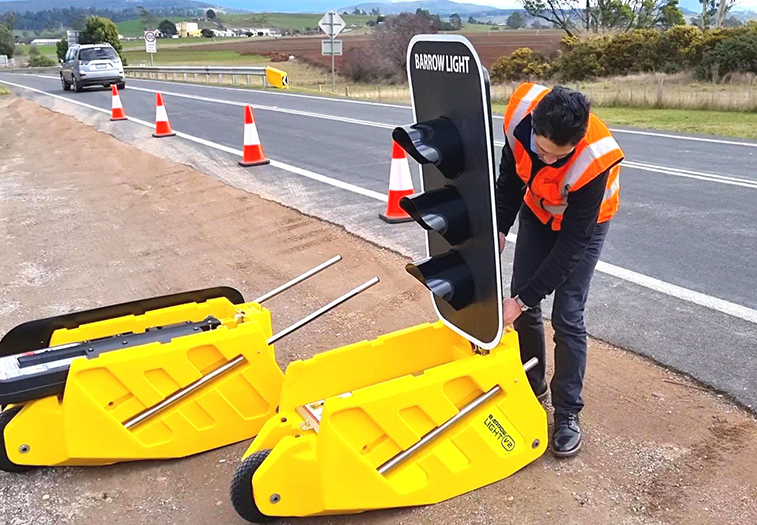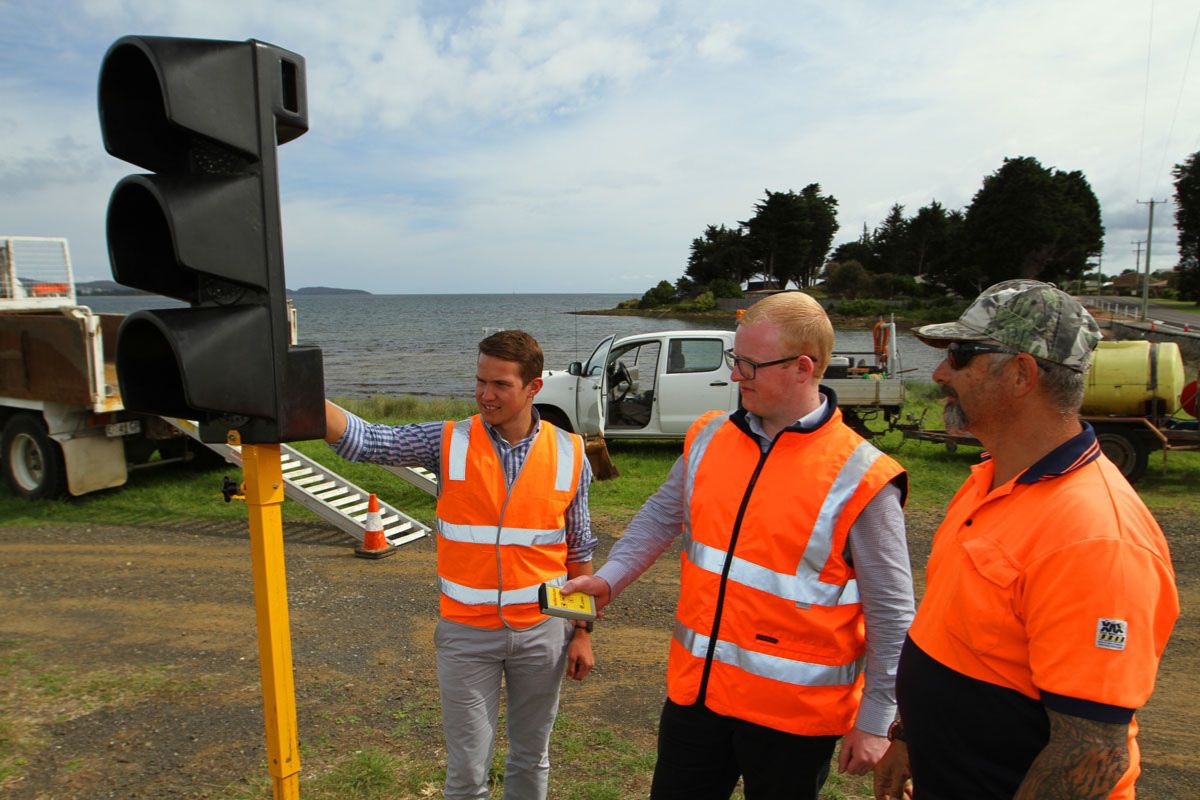
5 common mistakes when buying traffic management equipment (and how to avoid them)
When you’re sourcing traffic management equipment, the stakes are higher than most people realise. After years of working alongside contractors, councils, and traffic crews across Australia, one thing is clear: the gear isn’t just inconvenient. It can stall worksites, create compliance issues, increase risk, and cost your team more long-term.
Across the industry, we’ve seen the same problems come up again and again, often caused by cheap imports, lookalike products, or equipment that simply isn’t built for Australian conditions. With so many options on the market, it’s easy to make the wrong call without realising it.
Here are the five most common mistakes we see when people buy traffic management equipment, and simple ways to avoid them.
1. Choosing equipment that doesn’t meet Australian standards
A lot of equipment looks the part, but that doesn’t mean it’s compliant. Cheap imports often fail to meet Australian standards or state-based requirements, and that can have serious consequences. Non-compliant equipment may be rejected during audits, create safety hazards, or put your team at risk of fines and delays.
Reflective classes, UV stability, height requirements, and material quality all vary widely between products. Something as small as the wrong grade of reflective sheeting can make a setup unsafe at night.
How to avoid it:
Always check for AS1742.14 compliance and ask suppliers for documentation that proves it. Working with a trusted supplier, one who understands the standards inside out, removes any confusion and keeps your site protected.
2. Prioritising price over long-term durability
Price matters, but buying the cheapest option usually costs more in the long run. Low-grade plastics fade fast under the Australian sun. Thin bases crack. Handles loosen. Reflective strips peel. Before you know it, you’re replacing equipment every few months.
High-quality, durable equipment exists for a reason: it lasts longer, performs better, and costs less over the lifetime of the project. In high-demand works (particularly over the summer period), durability isn’t a ‘nice to have’. It’s non-negotiable.
How to avoid it:
Look for UV-resistant materials, long-life components, and equipment that has been tested on real worksites.
Stronger materials, reinforced bases, heavy-duty welds, and better reflectivity all mean fewer replacements and safer operations. Think about cost per year of use, not just the upfront price tag.
Look for ISO 9001 certification that ensures manufactured products meet the highest quality benchmarks, guaranteeing durability and effectiveness.
Take the Barrowlight, for instance. The portable traffic light is engineered for long-term use with a strong, stable frame (while still being lightweight for crews) and high-quality lighting components that stand up to repeated night works. It’s equipment that lasts seasons, not shifts.
3. Buying equipment that isn’t fit for purpose
Not every job is the same, and not every product suits every environment. Using equipment that isn’t built for high-traffic conditions, choosing cones that are too short for visibility requirements, or selecting reflective materials that fail after a few nights of rain can all undermine your traffic setup.
Common issues include mismatched frames, incompatible bases, insufficient night visibility, or gear that can’t handle high winds or ongoing works.
How to avoid it:
Start with the conditions your team will face.
Consider:
- The amount of traffic
- Day vs night works
- Required visibility
- Weather exposure
- Site duration
- Local authority requirements
Fit-for-purpose equipment keeps your team safe and ensures your setup stands up to real-world conditions.
For example, if you’re running smaller crews or need a fast, single-operator setup, standalone solutions like SafetySAM can reduce manual handling and remove the need for two-person lifts while ensuring high visibility on busy roads.
Lightweight portable traffic lights such as the Barrowlight also suits teams that need quick redeployment or work across multiple shift changes.
4. Overlooking storage, transport, and handling needs
It’s easy to focus on what equipment does on-site and overlook the work that happens before and after. Equipment that’s too heavy, awkward, or brittle makes transport and handling harder than it needs to be. This slows crews down and increases the risk of damage or injury.
Poor storage planning is another common issue. Stacked incorrectly, even good-quality gear becomes warped, bent, or cracked long before its expected lifespan.
How to avoid it:
Choose equipment that stacks efficiently, is easy to load and unload, and holds up during regular transport. Consider things like:
- Stackable bases
- Interlocking barriers
- Easy-carry transporters
- Cone trolleys, dollies, or purpose-built storage solutions
Well-designed gear pays for itself in fewer replacements, faster setups, and reduced strain on your team.
5. Not considering lead times or supplier reliability
Even the best equipment isn’t helpful if it doesn’t arrive on time. Projects stall, crews stand around, and last-minute scrambling becomes the norm. Some suppliers offer low prices because they don’t keep stock on hand, leaving customers waiting weeks or months.
Unreliable supply also leads to mismatched equipment across jobs. That affects consistency, visibility, and compliance.
How to avoid it:
Look for local suppliers with strong stock levels, transparent lead times, and a track record of delivering when they say they will.
Local manufacturing partnerships and in-house fabrication are good signs that a supplier can support you when timelines tighten.
Reliable suppliers also provide after-sales support, fast responses to queries, replacements, and advice – all essential when managing multiple sites.
Final thoughts: Buying traffic management equipment
Traffic management equipment is one of those areas where cutting corners always ends up costing more.
The right gear keeps crews safe, satisfies compliance requirements, reduces downtime, and stands up to long-term use in tough Australian conditions. By avoiding these common mistakes and choosing a trusted supplier, you set your project up for smoother operations from day one.
If you need durable, compliant traffic management equipment designed for Australian worksites, the Tranex team can help you choose the right setup for every job.

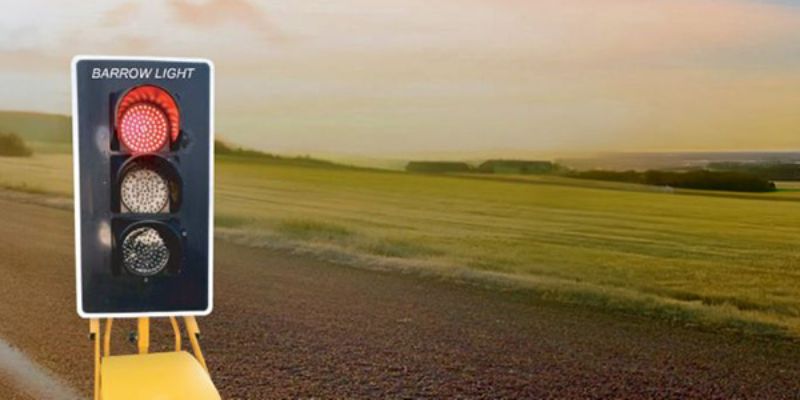
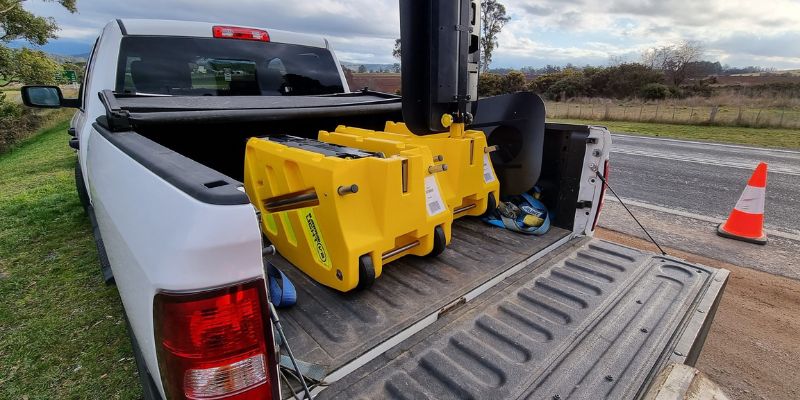
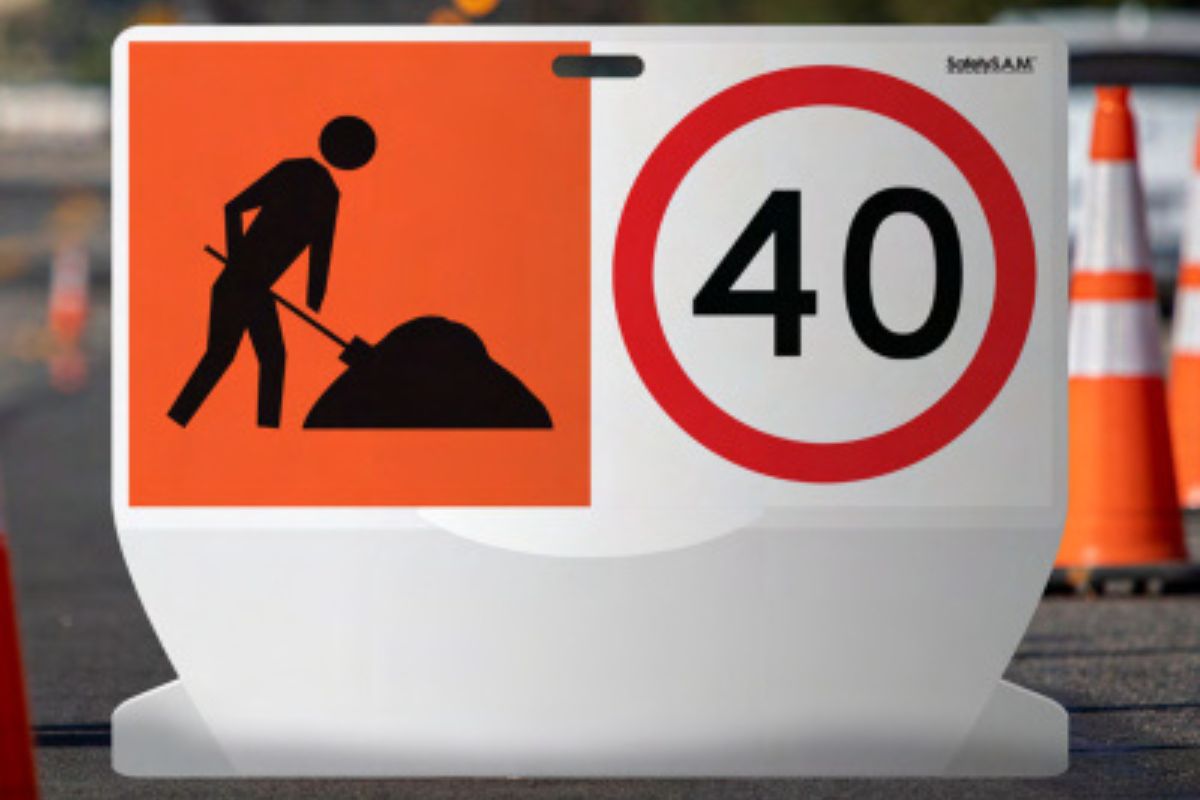
 What are stand alone traffic control signs?
What are stand alone traffic control signs?
